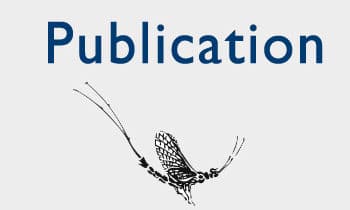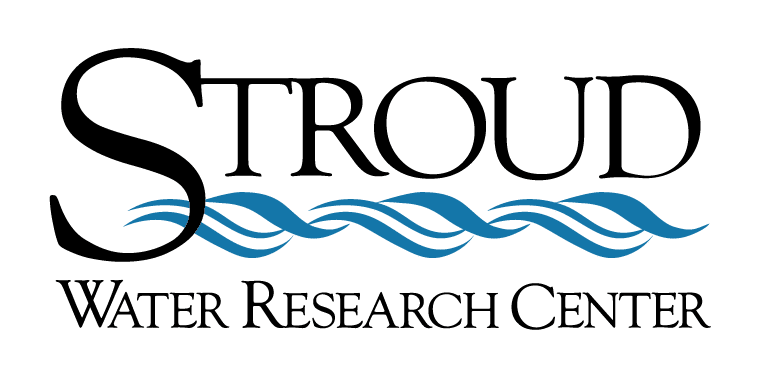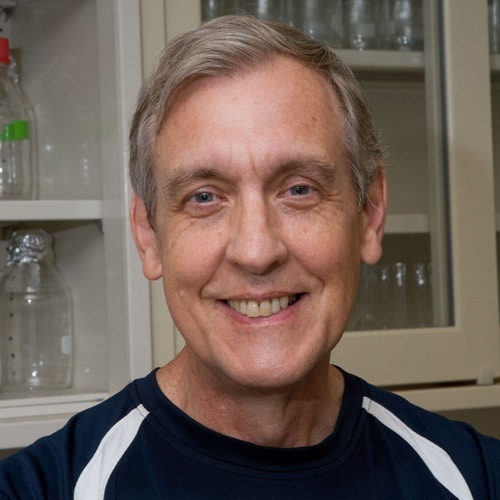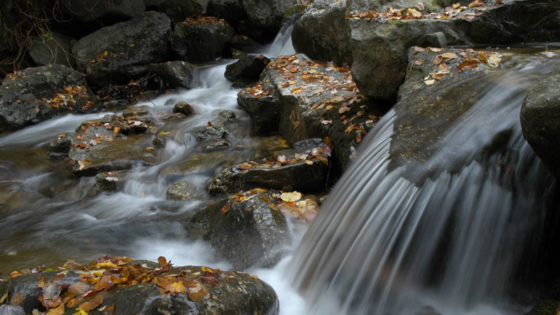The main focus of the Watershed Biogeochemistry Group is to investigate major elemental cycles in streams and their watersheds, particularly carbon, nitrogen, and phosphorus pools and fluxes. We are especially interested in quantifying and characterizing the rich array of organic molecules that exist in stream ecosystems, and serve as the main food source to microorganisms and consequently to all biological communities. Throughout the watershed, water is found in many places beyond stream channels, including aquifers, soils, and sediments. Our biogeochemistry laboratory has the capabilities to perform a wide range of chemistry analyses in water samples from all these places.
Watershed Biogeochemistry Staff
Watershed Biogeochemistry News

Adenylate energy charge in streambed sediments

Benthic bacterial biomass supported by streamwater dissolved organic matter

In situ measures of dissolved organic carbon flux in a rural stream

Microbial heterotrophic utilization of dissolved organic matter in a piedmont stream

Diel fluctuations of DOC generated by algae in a piedmont stream







